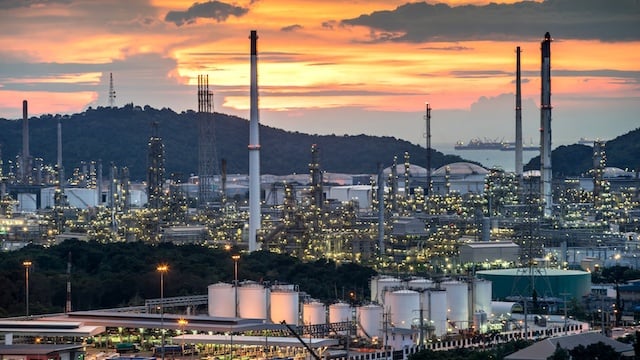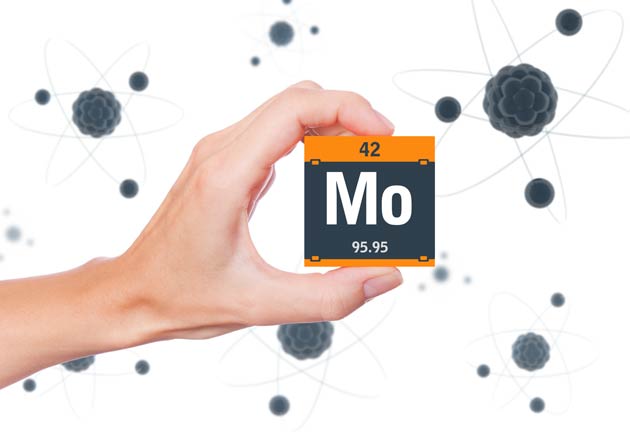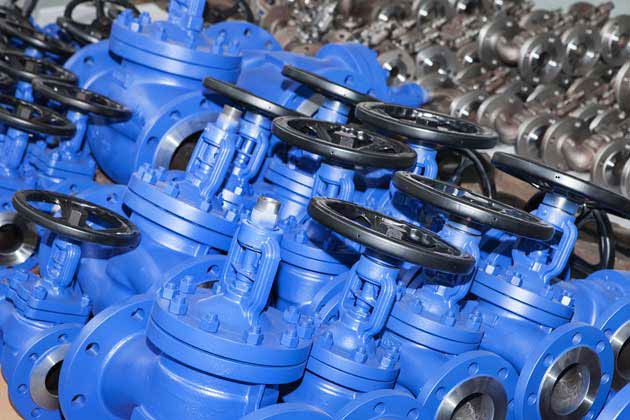We’ve been looking in detail at the different elements found in the alloys that Corrotherm supplyover the last few months. So far we have explored the important elements of molybdenum and chromium, as well as a look at how cobalt comes to occur in alloys and why its presence is restricted.
This time we turn our attention to silicon, an important element in the natural world that occurs in both the Earth and our own bodies in various manners. It can be found in nearly all rocks, sands, soils and clays, as well as naturally occurring with other elements, such as aluminium, magnesium and iron. However, it isn’t found as a free element in nature.
Silicon is a chemical element that, when purified, forms a hard, brittle solid crystalline structure. Since its discovery in 1823, it has been used for a lot of commercial applications across a wide variety of industries. In many of these uses it is not separated or purified. However, elemental silicon is used in alloys, including iron-silicon alloys (ferrosilicon) and aluminium-silicon alloys (silumin).
Silicon serves a particular purpose in these kinds of alloys. It helps to create a lower thermal expansion coefficient, which is a useful property in, for example, automotive engines. However, silicon also decreases the ductility of an alloy, which is why it is limited in quantity, even in these higher-silicon alloys.
Silicon in nickel alloys
When it comes to nickel alloys, however, silicon plays a much smaller part and is only seen in these materials in low, limited quantities. The majority of the products in the INCONEL and INCOLOY alloy ranges, for example, will have a strictly controlled maximum silicon level of 0.50%. Silicon can increase the fluidity of the alloy, but too much will have a negative impact on the ductility, hence the limits in place. This helps to retain the necessary properties of each alloy combination.
Some of our superior alloys will restrict silicon inclusion even further.
For example, INCONEL alloy 718 has an allowable silicon range of 0-0.35%; it is not a desirable inclusion to the popular high-strength alloy though silicon may naturally occur alongside other elements in the mix, which is why its presence needs to be monitored and limited.
INCONEL alloy C276 introduces even stricter limits for silicon levels. It limits the presence of the element to just 0.08% maximum, to maintain the essential key properties of this technically advanced alloy, which is used in severely corrosive environments. It is essential that a precise, careful balance of elements is retained to endure such conditions.
If you would like to find out more about the compositional makeup of any of the alloys that Corrotherm supplies, you can find out on the individual product’s pages, found via our Grades section on the website. To speak to a member of our Sales team, visit our Contact page.


